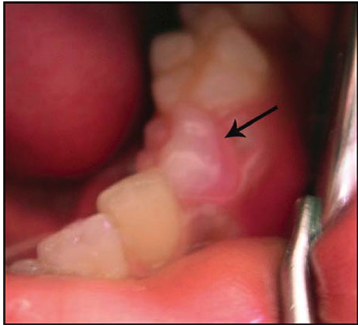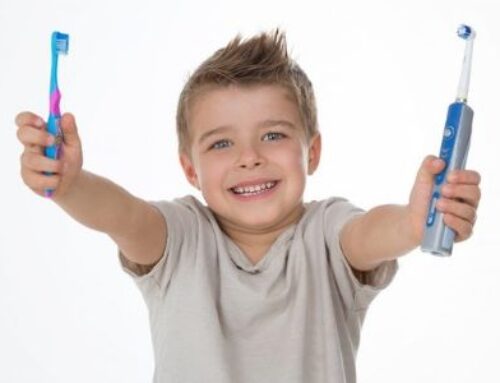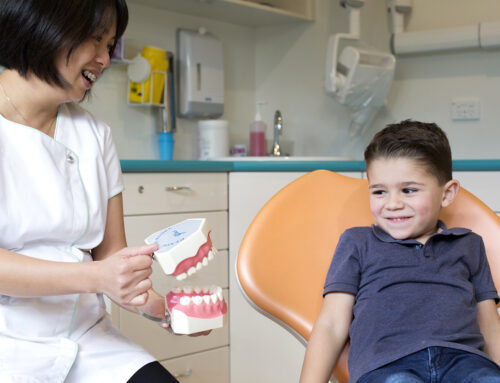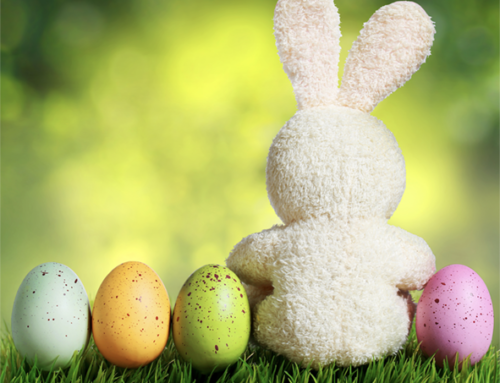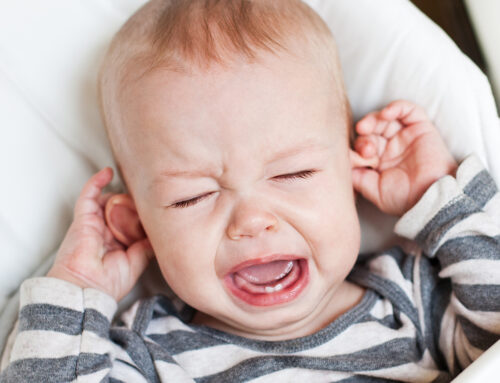Wobbly baby teeth are one of the important developmental milestones for any child and parent. It can be an exciting time to look forward to, with the arrival of the big adult teeth, but can also spark anxiety and discomfort. This will usually start around the age of 6. From 6 to 12 years, children will usually have a mixture of adult and baby teeth.
Wiggly and sore teeth can create anxiety for some children who have not experienced this before. They may avoid eating, drinking, and brushing, but teeth still need to be cared for, so it’s important to keep up with your daily cleaning routine. The gums surrounding the loose tooth can become red, swollen, painful, and may bleed slightly. Reassuring your child that this is normal is important at this stage. It’s important to let the teeth fall out on their own.
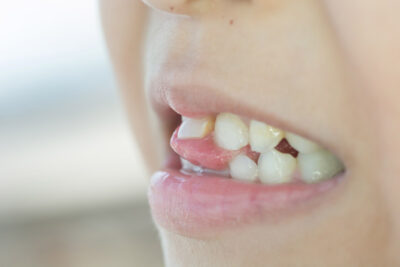
How to manage the pain with a loose tooth
In most cases, the discomfort of a mobile tooth is minimal and will ease once the tooth has fallen out. If the discomfort is more than mild, cold compresses are one of the easiest ways to help reduce loose tooth pain in children. You can do so by placing ice cubes in a plastic zip lock bag and covering it with a cloth or paper towel. Apply this to the outside of your child’s face in 10-15 minute intervals, and repeat if necessary. Please do not apply this directly onto the gums as this can cause burning of the delicate tissues inside the mouth.
More severe pain may require anti-inflammatory medications to lessen the swelling and pain, these can be purchased from the chemist if required. But do make sure to consult your GP or pharmacist to ensure the correct dosages are given to your child.
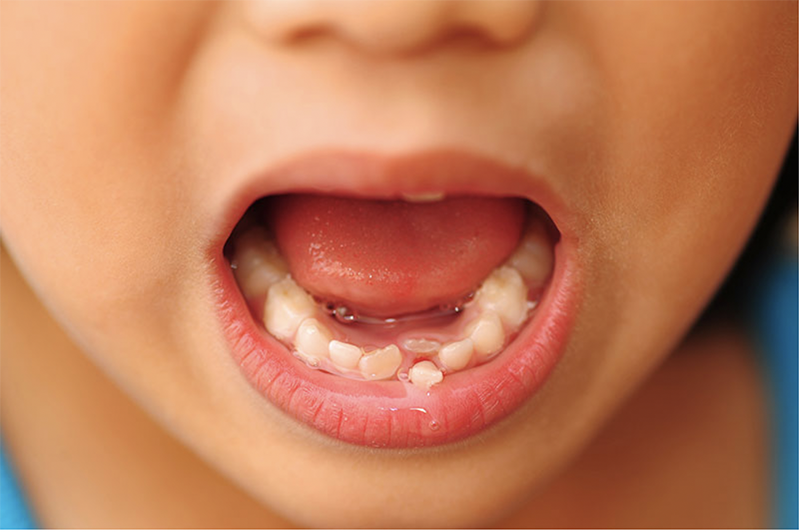
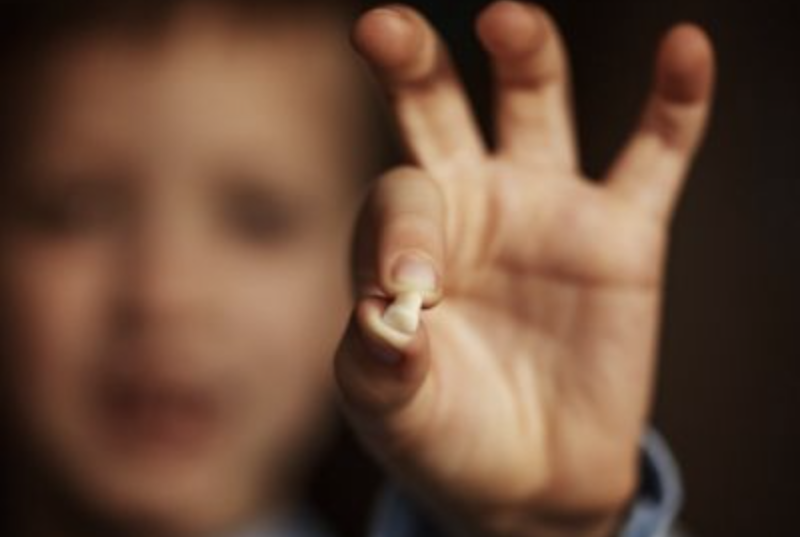
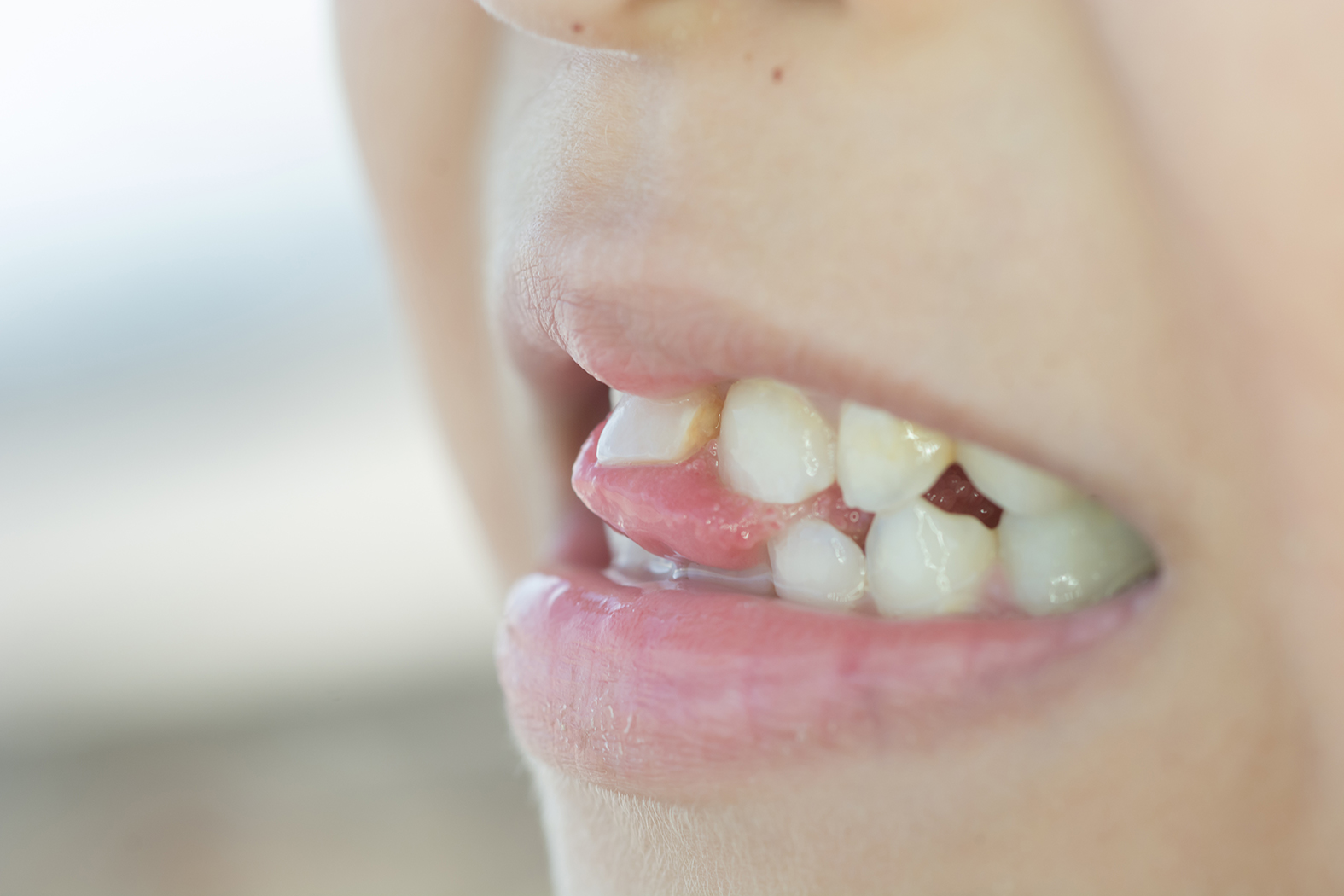
OUR TOP TIPS FOR WOOBLY TEETH:
1. Encourage your child to wriggle the mobile tooth if they feel comfortable to do so. Biting on crunchy foods can also be helpful (think carrots & apples).
2. The tooth fairy is often a great motivator when it comes to wobbly teeth so get her on your team!
3. Remember to brush your wobbly teeth! Wobbly teeth are often avoided when brushing which can result in inflammation of the surrounding soft tissues.
4. A visit to the dentist may not necessarily result in having the tooth taken out as it is preferable for the child to do this on their own, call and chat to our friendly team if you have concerns.
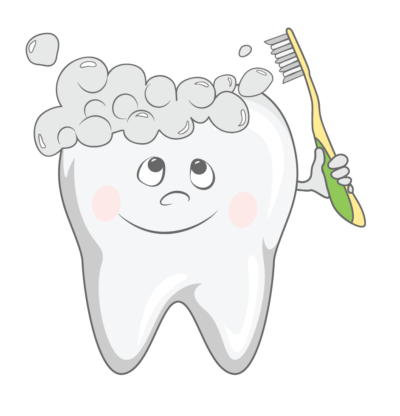
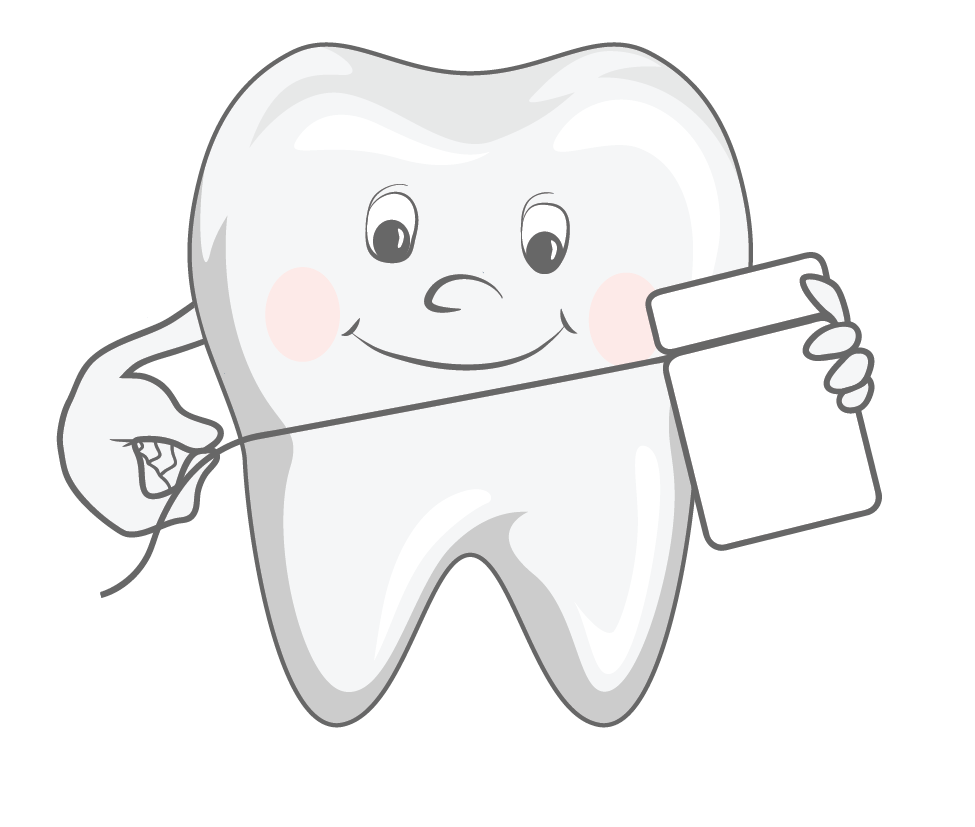
OUR FREQUENTLY ASKED QUESTIONS!
USEFUL DENTAL RESOURCES AND FURTHER READING
Here a cute little video from the team at Colgate and the its best not to pull out a loose tooth.
Thanks to our wonderful Oral Health Therapist, Tu-Anh.
She works at the Essendon clinic. Great information for parents of younger children who are beginning to lose teeth.
If you would like to talk to her or any of our amazing team, about this or any other questions you may have, please contact us on 03 9372 8960.

